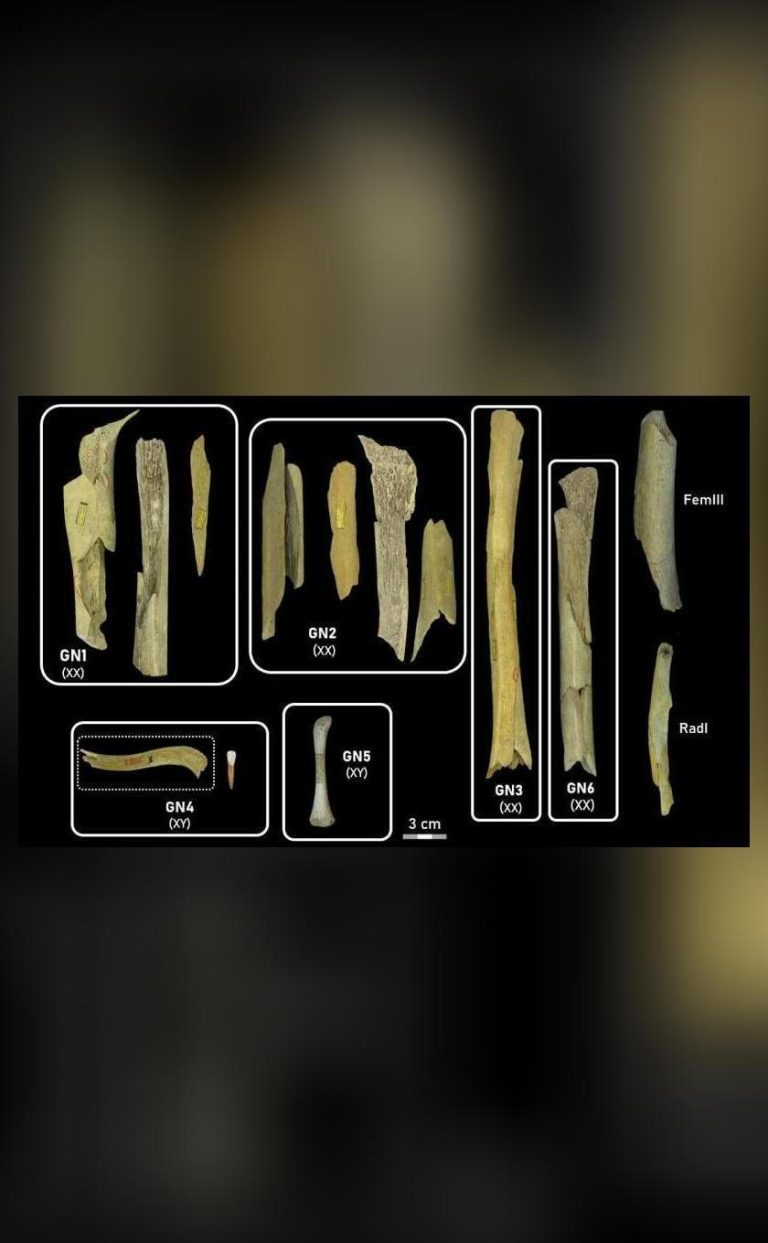
Double Star Eta Cassiopeiae Could Host Habitable Worlds
The search for life beyond our solar system has been an ongoing endeavor, with scientists constantly exploring new star systems for potential habitability. One such system that has recently garnered attention is Eta Cassiopeiae, a double star located approximately 19 light-years away from Earth. Researchers have been studying the orbital dynamics of this system, and their findings suggest that it may support Earth-like planets, making it a promising candidate for hosting habitable worlds.
The Eta Cassiopeiae system consists of two stars, a primary star (Eta Cassiopeiae A) and a secondary star (Eta Cassiopeiae B), which orbit each other at a distance of about 70 astronomical units (AU). For comparison, the average distance between the Sun and Pluto is about 39 AU. The primary star is similar to the Sun in terms of mass and size, while the secondary star is smaller and cooler. This unique configuration raises questions about the potential for planets to form and survive within the system.
To better understand the dynamics of the Eta Cassiopeiae system, researchers used computer simulations to model the orbits of potential planets. Their goal was to determine whether the system could support giant planets, similar to Jupiter or Saturn, which are often found in other star systems. The simulations revealed that the gravitational interactions between the two stars would make it difficult for giant planets to maintain stable orbits. In fact, the researchers concluded that it is unlikely for the Eta Cassiopeiae system to be home to any giant planets.
However, the absence of giant planets does not necessarily mean that the system is devoid of smaller, Earth-like planets. The simulations suggested that smaller planets could still exist within the system, particularly in the habitable zone of the primary star. The habitable zone, also known as the Goldilocks zone, is the region around a star where temperatures are just right for liquid water to exist on a planet’s surface. Liquid water is a crucial ingredient for life as we know it, so the presence of a habitable zone is a key factor in determining a star system’s potential for hosting life.
The possibility of Earth-like planets existing within the Eta Cassiopeiae system is exciting, as it raises the prospect of finding life beyond our solar system. Next-generation telescopes, such as the James Webb Space Telescope or the Extremely Large Telescope, may be able to directly image these planets and analyze their atmospheres for biosignatures. Biosignatures are signs of biological activity, such as the presence of oxygen or methane, which could indicate that a planet is home to living organisms.
The discovery of habitable planets within the Eta Cassiopeiae system would have significant implications for the search for extraterrestrial life. It would suggest that life could exist in a variety of star systems, even those with unique configurations like double stars. Furthermore, the study of these planets could provide valuable insights into the formation and evolution of planetary systems, helping us better understand how life arises and evolves in the universe.
While the possibility of habitable worlds within the Eta Cassiopeiae system is intriguing, it is essential to note that the search for life beyond our solar system is an ongoing and challenging endeavor. The detection of biosignatures, for example, requires advanced telescopes and sophisticated analysis techniques. Moreover, the presence of a habitable planet does not necessarily mean that life exists or has ever existed on that planet.
In conclusion, the Eta Cassiopeiae system offers an exciting opportunity for scientists to search for habitable worlds beyond our solar system. The absence of giant planets within the system does not preclude the existence of smaller, Earth-like planets, which could potentially support life. As next-generation telescopes become available, researchers will be able to study the Eta Cassiopeiae system in greater detail, searching for signs of life and advancing our understanding of the universe and its many mysteries.






